The [10] Main Pests and Diseases of the Lemon Tree: How to Fight Them
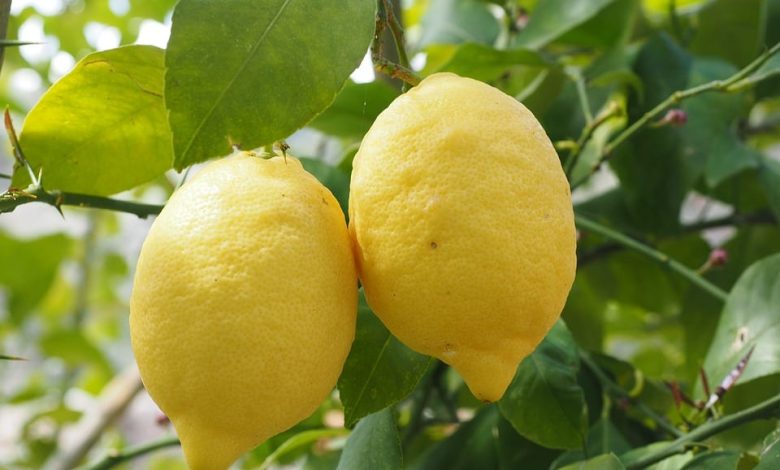
The lemon tree is a truly grateful tree.
The one I have had for years has hardly required care and gives me a good pile of lemons every year. In fact, I haven’t bought lemons in a long time.
Therefore, it is a tree that I recommend you plant if you have space.
Of course, despite the fact that it is a strong tree, we must not neglect the possible pests and diseases that it may have.
Lemon Pests and Diseases
citrus miner

- Cause: Insect.

- Symptoms: Leaves with twisted brown spots.
- Remedy: neem oil. The lemon tree is vulnerable to these insects, which form galleries while feeding on the youngest leaves. To detect it, just look at the small brown spots. The leaves end up twisting and falling.
Discount! CULIVERS Super Neem Oil for Plants… €22.03 €20.03 View on Amazon Prices with VAT without transport
CLOSTER Neem Oil Spray – Insecticide… (721) €21.90 View on Amazon Prices with VAT without transport
CULTIVES Bacillus thuringiensis kurstaki 32 wg from… (158) View on Amazon Prices with VAT without transport
Last updated on 2022-07-31 / Affiliate Links / Affiliate API Images
Cochineal of the Tizne
- Cause: Insect.
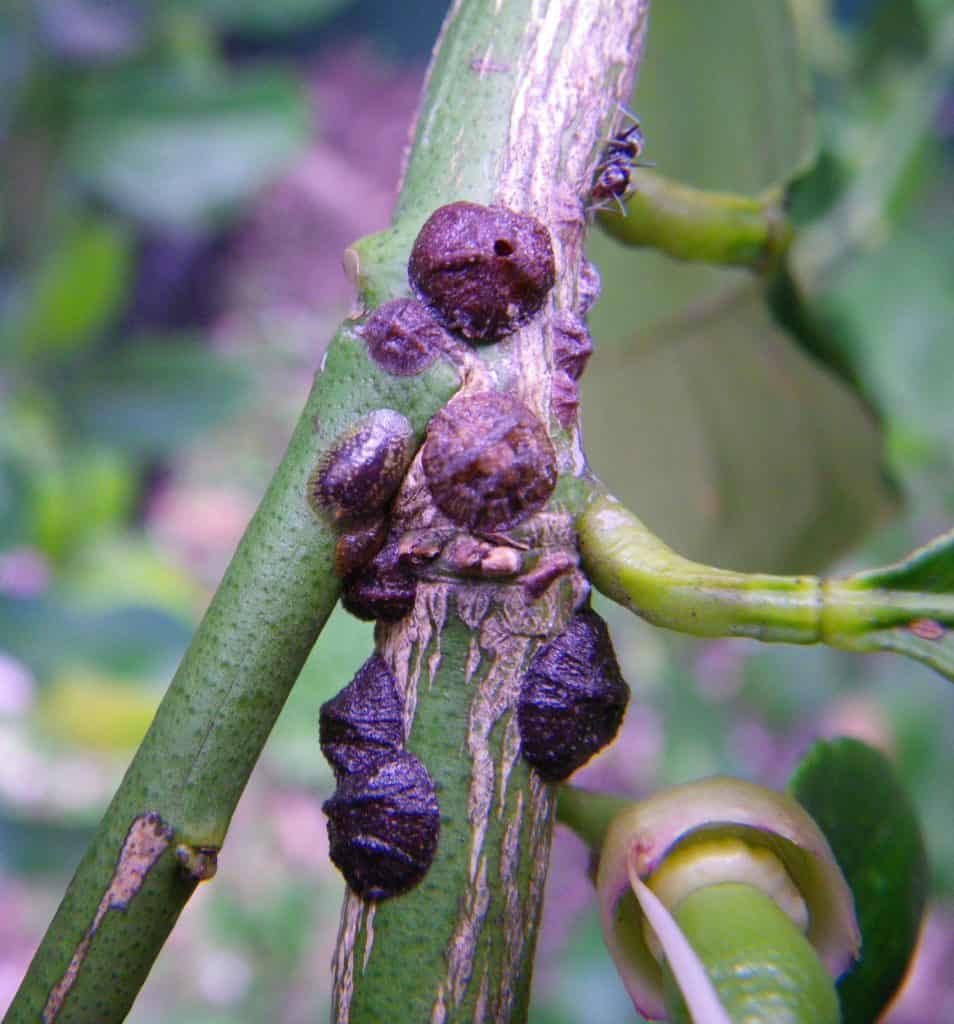
- Symptoms: Leaves are covered with a sticky substance and may have mold growth.
- Remedy: neem oil and potassium soap. Be careful, because these insects can breed new generations year after year and kill the lemon tree.
No products found.
White fly

- Cause: Insect.
- Symptoms: The action of the insect on the tree is manifested by a general decay in case of strong attacks, due to the suction of sap by the insect. There is a reduction in the photosynthesis function, due to the presence of molasses in the leaves and the development of certain fungi ( bold or sooty mold) on it. The fruits can also be covered by molasses and fungi, making it difficult to process prior to marketing.
- Remedy: neem oil and potassium soap. Be careful, because these insects can breed new generations year after year and kill the lemon tree.
To learn more: How to detect and combat whitefly.
thrips
- Cause: Insect.

- Symptoms: The insects feed on the young fruits, it can be seen because in the upper part of these there is a white spiral that grows.
- Remedy: annual pruning, neem oil and potassium soap.
COMPO Cythrin Garden Multipurpose Insecticide, For… (174) €15.95 View on Amazon Prices with VAT without transport
CLOSTER Set Potassium Soap and Neem Oil for… €31.90 View on Amazon Prices with VAT without transport
PACK AVENGER+INTRUDER®…. View on Amazon Prices with VAT without transport
Last updated on 2022-07-31 / Affiliate Links / Affiliate API Images
anthracnose
- Cause: Fungus.

- Symptoms: The leaves take on a black color with yellow spots. The fruits darken. Premature leaf drop.
- Remedy: This disease is complicated to eradicate. Abundant pruning of affected leaves is recommended, as well as the application ofnatural fungicides. Copper oxychloride also works well.
 Multipurpose fungicide with preventive and… €16.50 View on Amazon Prices with VAT without transport
Multipurpose fungicide with preventive and… €16.50 View on Amazon Prices with VAT without transport  CULIVERS Fertilizer Fertilizer with Fungicide effect… €18.90 View on Amazon Prices with VAT without transport
CULIVERS Fertilizer Fertilizer with Fungicide effect… €18.90 View on Amazon Prices with VAT without transport  ASOCOA – Fungicide for Plants. Action… (18) €13.95 View on Amazon Prices with VAT without transport
ASOCOA – Fungicide for Plants. Action… (18) €13.95 View on Amazon Prices with VAT without transport
Last updated on 2022-07-31 / Affiliate Links / Affiliate API Images
Amillaria Mellea
- Cause: Fungus.
- Symptoms: Yellow spider damage can be limited to leaves, fruits or both. In the first case, the colonies of mites installed on the underside of the leaves end up producing yellow spots on them, a certain curling towards the underside and finally, they dry out and fall, being able to cause severe defoliation to the affected trees.
- Remedy: This disease is difficult to control once it has appeared. In the event that you have several lemon trees, we recommend rooting out the affected lemon tree and waiting a while to plant anything in that place.
yellow spider
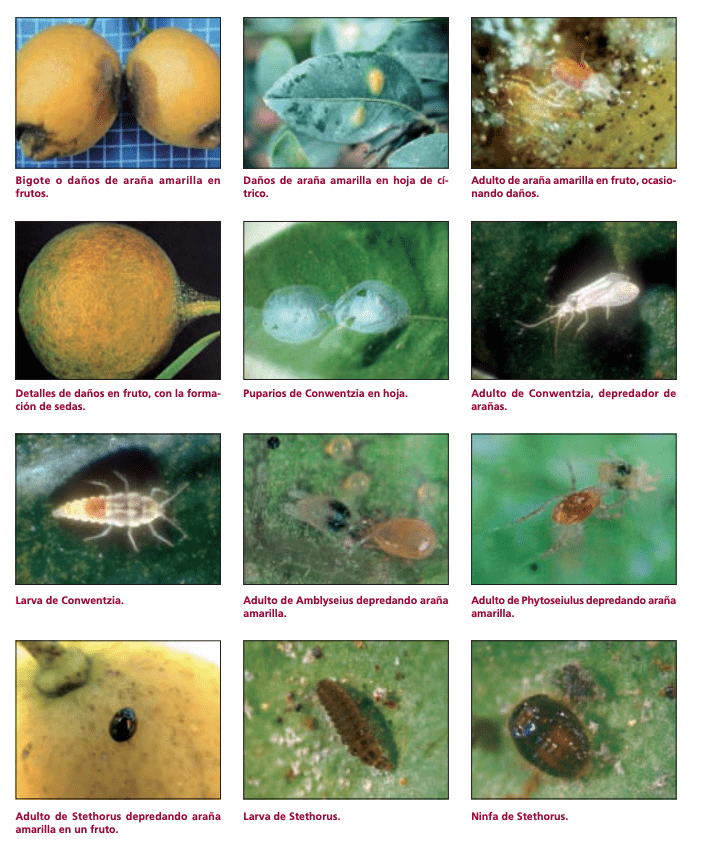
- Cause: Insect.
- Symptoms: Appearance of mushrooms at the base of the trunk or on the trunk itself. The tree in a short time obviously twists.
- Remedy: It is necessary to control the presence of the pest in young fruits from the setting, to avoid damage that will later be irreversible. Actions during this period make it possible to reduce populations and minimize damage. Very late treatments in autumn must be avoided, when the damage to the fruit is already noticeable, as these are not avoided despite the expense incurred. It is necessary to know the presence and evaluate the importance of the native useful fauna, in order to consider the possibility of favoring and supporting it to achieve control of the pest without carrying out specific acaricide treatments.
Thielaviopsis basicola
- Cause: Fungus.

- Symptoms: Small brown and black lesions on the roots that may coalesce and blacken the entire root; root cortex may be sloughed off to show vascular tissue below; the leaves of the plant can be chlorotic.
- Remedy: This disease usually comes out in cold winters. If this is your case, we recommend that you try to keep it sheltered during the cold winters and favor the strengthening of the roots. At least for the first few years.
Red spider
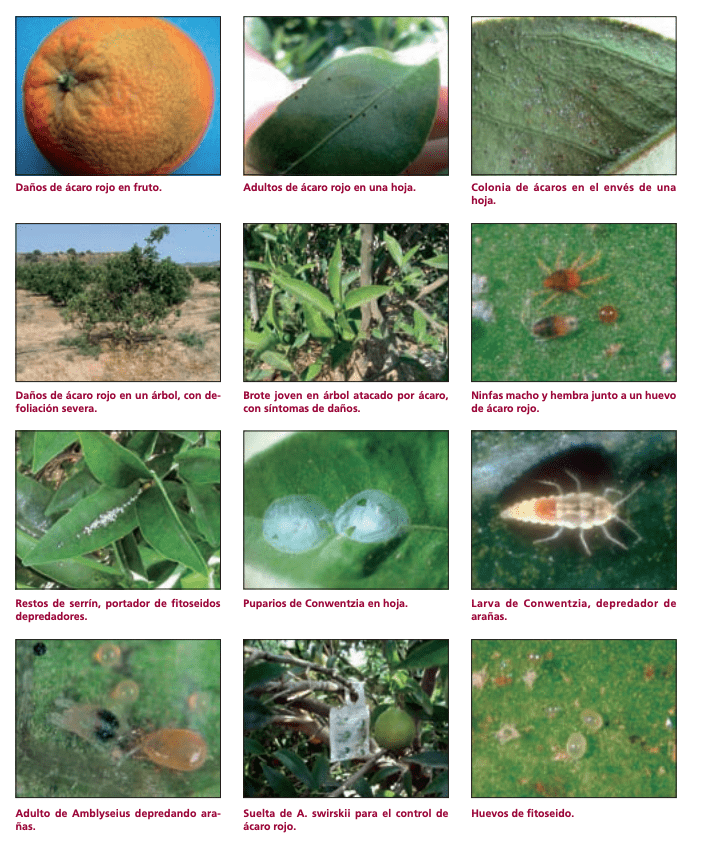
- Cause: Insect.

- Symptoms: Small cobwebs can be seen around the leaves.
- Remedy: We can use a yellow chromatic trap near the lemon tree. In case the red spider is very widespread we will use neem oil.
 5 Opinions VERMIORGANIC Fungicide, Insecticide, Arachnicide Ecological Kitogreen, 100 GR. Non-Animal Chitosan. Effective against the Red Spider and White Fly. Revitalizes the lawn. Exclusivity in Spain.
5 Opinions VERMIORGANIC Fungicide, Insecticide, Arachnicide Ecological Kitogreen, 100 GR. Non-Animal Chitosan. Effective against the Red Spider and White Fly. Revitalizes the lawn. Exclusivity in Spain.
- Biostimulator of the natural defenses of plants.
- It is both a Preventive and Curative Fungicide.
- Preventive of all fungal diseases of hemp, horticultural and fruit trees.
- Increases germination and plant growth.
€44.99 View on Amazon Prices with VAT without transport
Last updated on 2022-07-31 / Affiliate Links / Affiliate API Images
Penicillium
- Cause: Fungus.
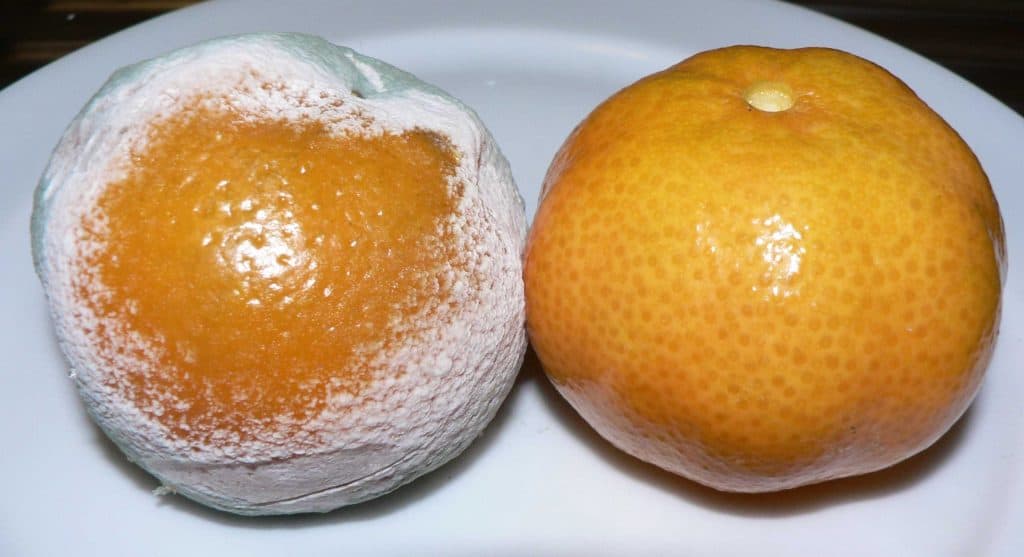
- Symptoms: Citrus fruits, especially orange and lemon trees, begin to have white spots on their basesthat spread. They also fall prematurely.
- Remedy: Fungicides containing copper.
virus of sadness
- Cause: Virus.
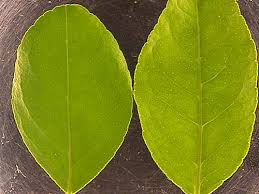
- Symptoms: The color of the leaves is light green. New branches hardly grow. The leaves fall prematurely. Young trees flower early. Some strains of the virus cause elongated holes in the trunk and branches that give the wood a rope-like appearance.
- Remedy: Unfortunately it is a hopeless disease for lemon trees. When detected, it is best to cut down and burn the entire tree.
Yellow sheets
- Cause: Lack of nutrients.
- Symptoms: The color of the leaves turns yellowish.
- Remedy: Fertilize the lemon tree properly and provide it with more nutrients. Also water accordingly.
- To learn more: Yellow leaves on the lemon tree.
aphid
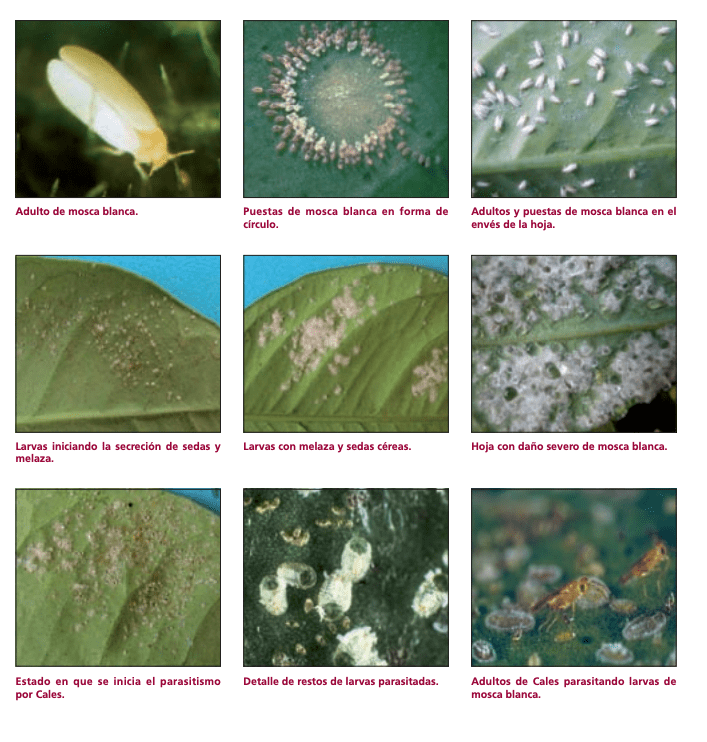
- Cause: Insect.
- Symptoms: The aphids stick their beak into the tissues and feed on the cellular juices, producing as a consequence, alterations in the growth of the branches, deformations in the leaves and in some cases, defoliation of the attacked shoots. Some species can also form colonies on the leaves of the lemon tree.
- Remedy: Aphid control strategies will be established based on the existing crop. Thus, in the case of adult lemon trees, for example, tolerance to the presence of aphids is high, and it is not advisable to start treatments with the first affected shoots, it being preferable to wait for colonization to become generalized and then act if It is precise, when it is seen that more than 50% of the shoots are affected. This action will be carried out as long as the presence of parasitism or natural predation is not observed in the colonies of aphids, because in this case, we would eliminate the useful fauna present.
- To know more: Detect and combat the aphid.
lemon tree moth
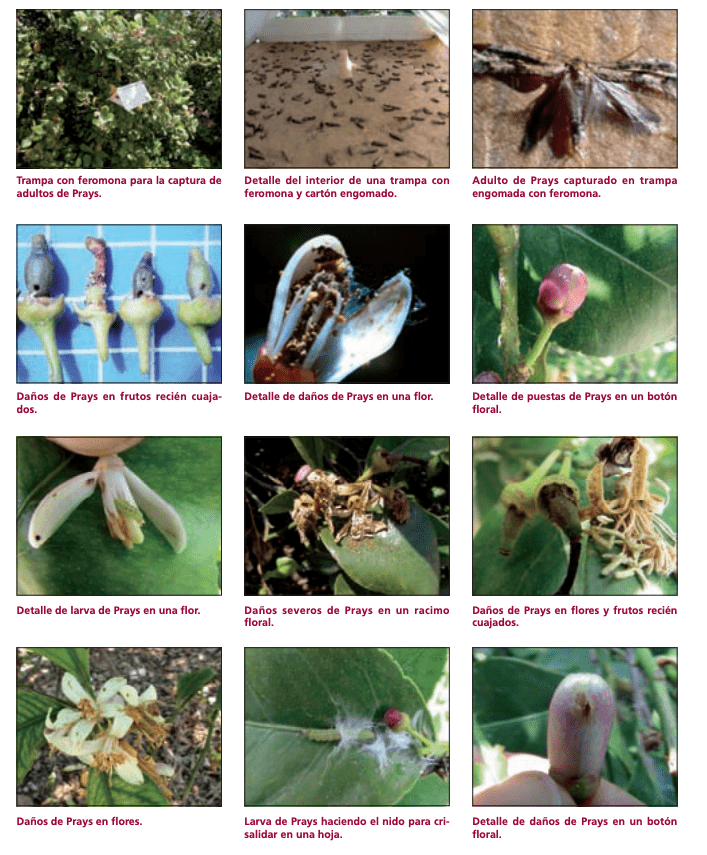
- Cause: Insect.
- Symptoms: The larvae of the pest, once inside the flowers, attack their ovary or the recently set fruits, causing them to fall and lose them. In extreme cases, the larvae can attack larger fruit set, causing damage to the epidermis that in many cases causes the fruit to fall and in others, only superficial damage to the rind.
- Remedy: In general, depending on the variety of lemon cultivated, the pest may have a greater or lesser incidence. Thus, in fine-type lemons, Prays does not usually present problems that justify an intervention, except for specific cases in which the population explosion coincides with flowering. In the case of verna lemon varieties, this coincidence is usually more frequent and, therefore, action against the pest is more justified. In addition, in this variety, as there are different blooms throughout the year, the pest has a more favorable habitat and represents a greater risk for the crop.

![Photo of Winter Garden Care: [Soil, Moisture, Pruning and Problems] garden in winter?](https://www.complete-gardening.com/wp-content/uploads/2022/08/winter-garden-care-soil-moisture-pruning-and-problems-garden-in-winter-390x220.png)

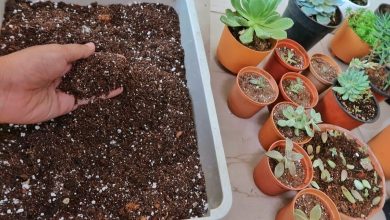
![Photo of Lobularia Maritima: [Cultivation, Care, Pests and Diseases]](https://www.complete-gardening.com/wp-content/uploads/2022/08/lobularia-maritima-cultivation-care-pests-and-diseases-390x220.jpg)